Analysis of Unilever's Business Environment and Organisation Types
VerifiedAdded on 2023/03/30
|11
|446
|309
Report
AI Summary
This report provides an analysis of Unilever's business environment, examining various organizational types, including public, private, and voluntary sectors. It explores the scope and size of the firm, differentiating between small, medium, and large-sized organizations, and discussing the role of SMEs in economic growth. The report also discusses key aspects such as decision-making and resource allocation within the context of Unilever. The conclusion highlights the different types of organizations and their profit-making goals, while also discussing the charitable purposes of voluntary sector organizations. The report references several academic sources to support its analysis.
1 out of 11

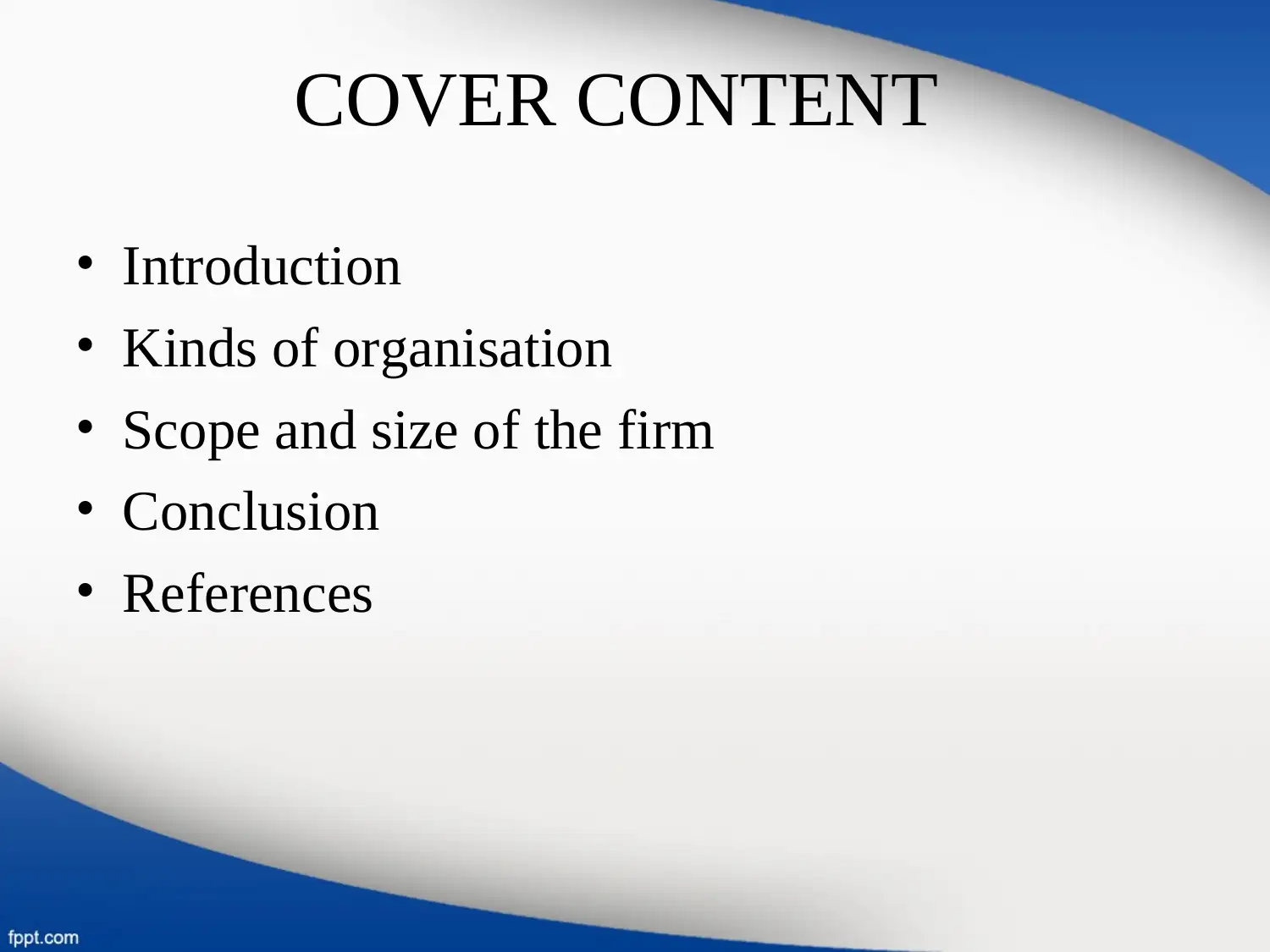
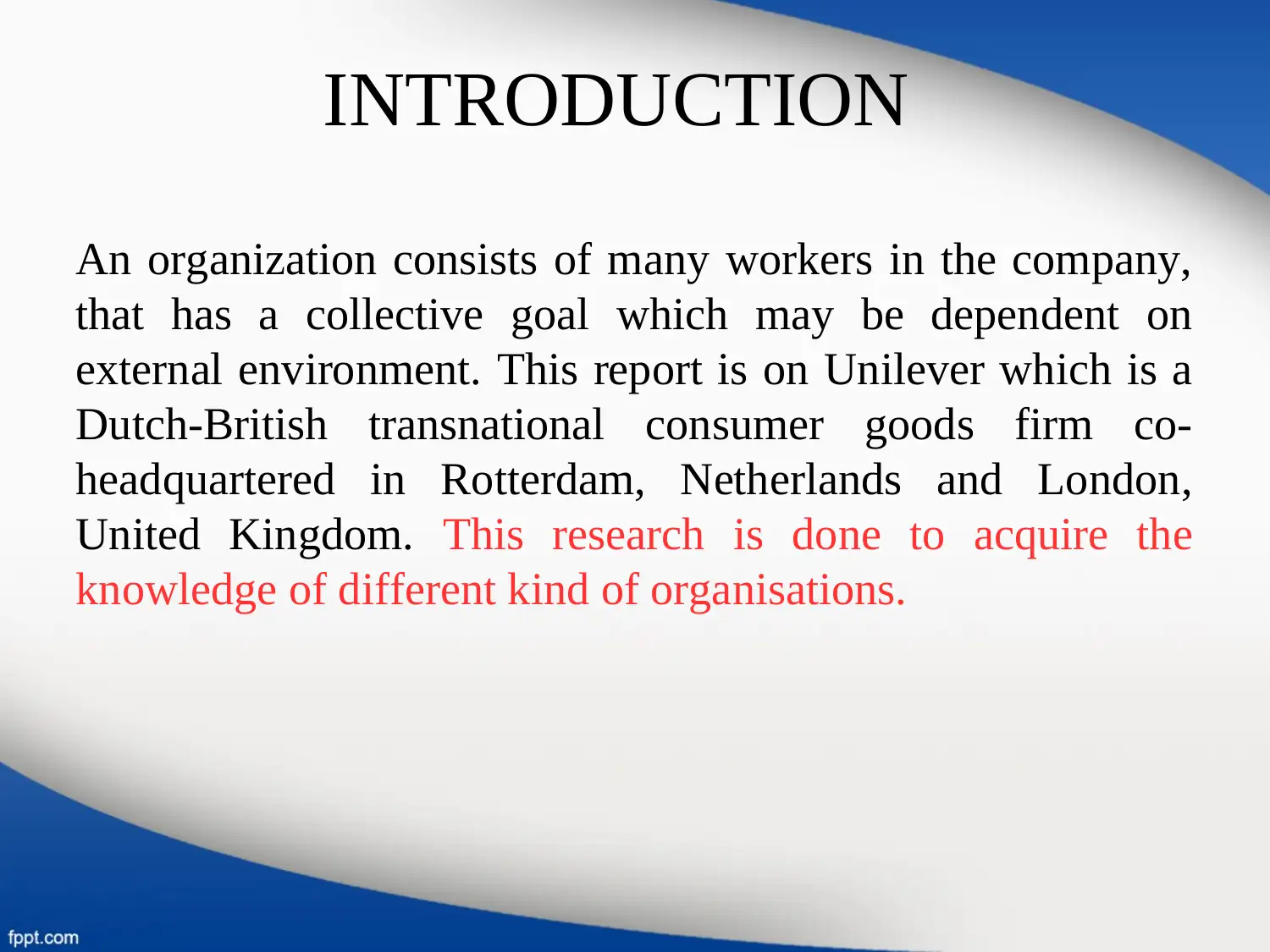

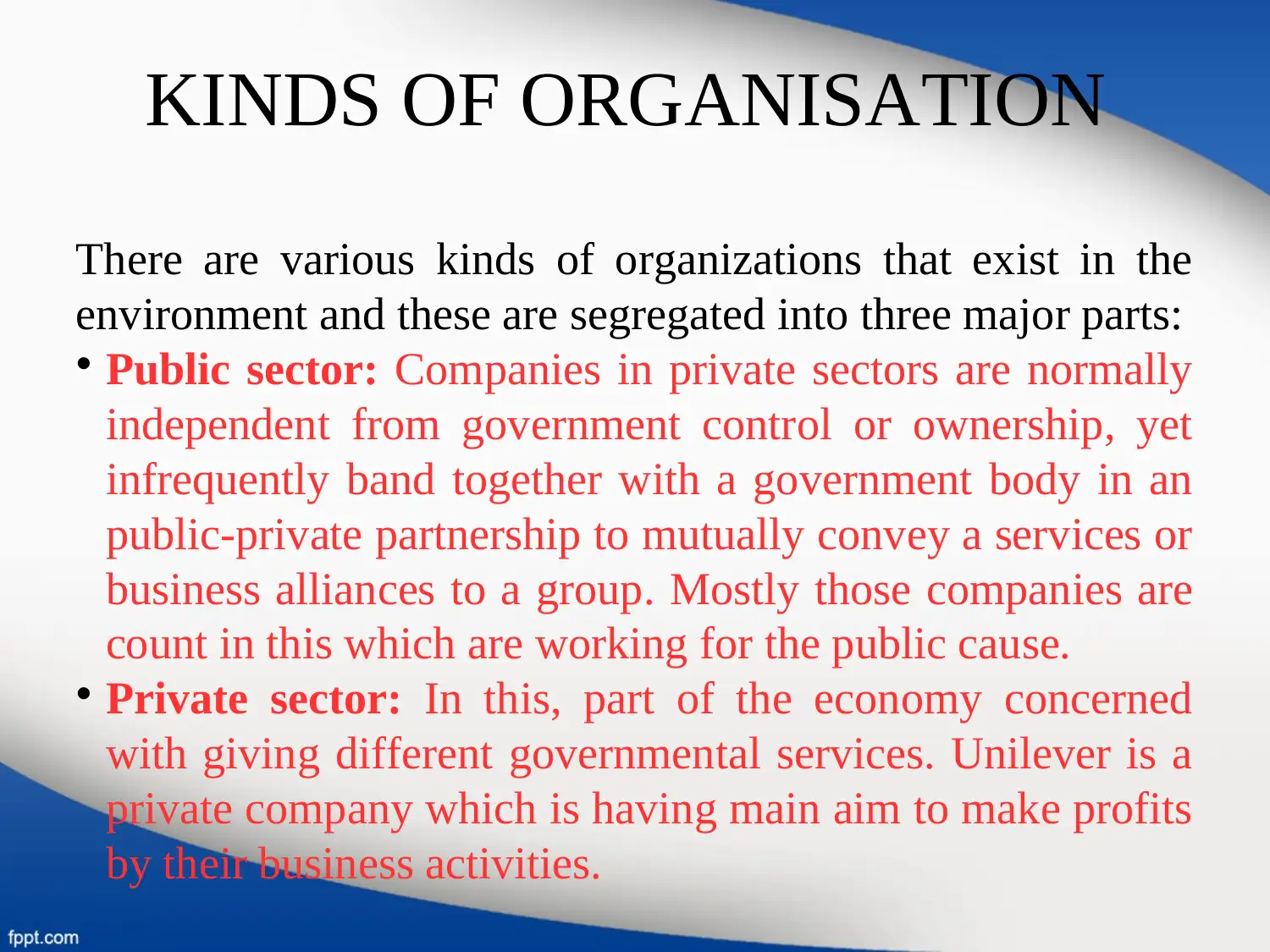
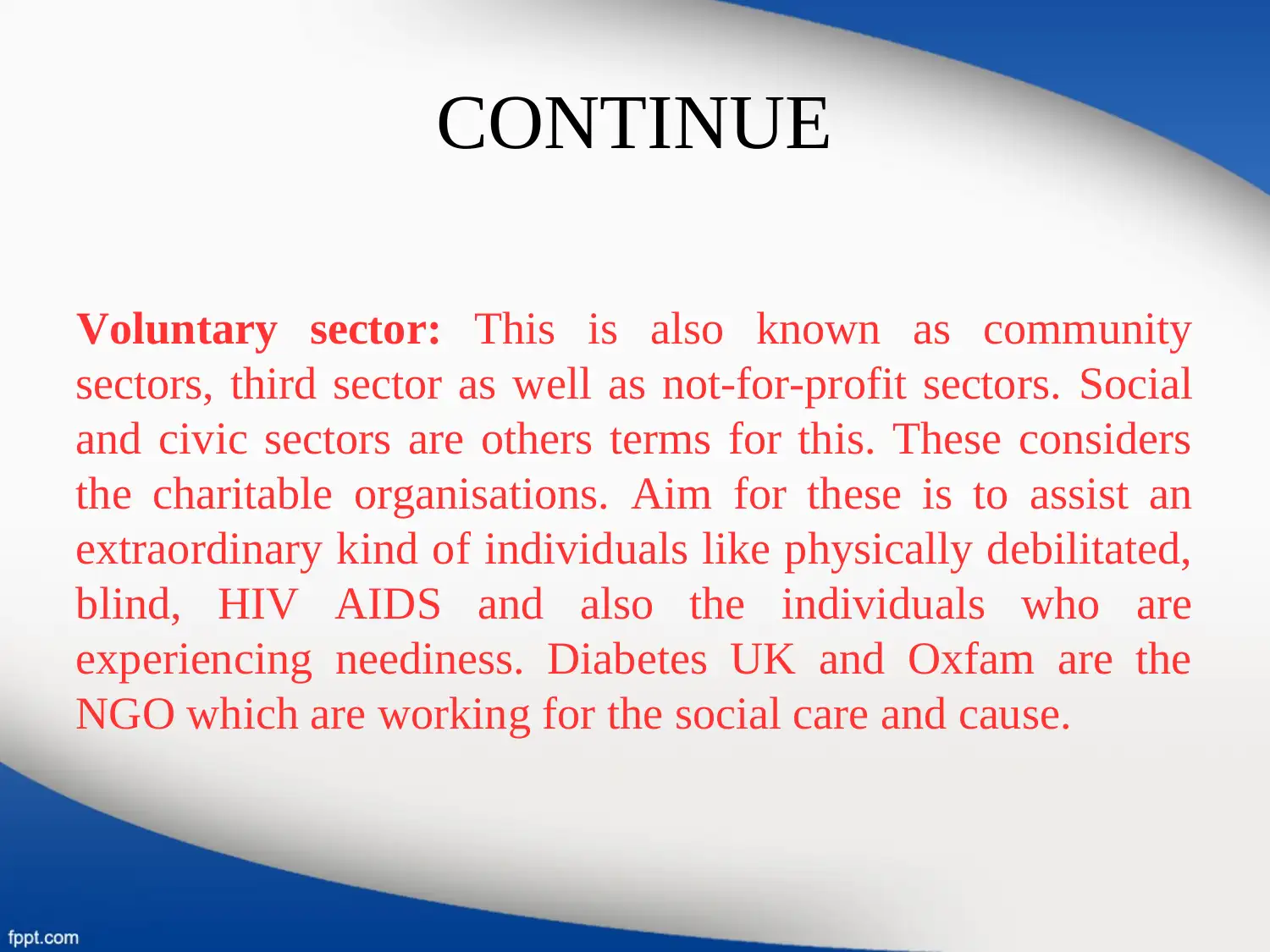
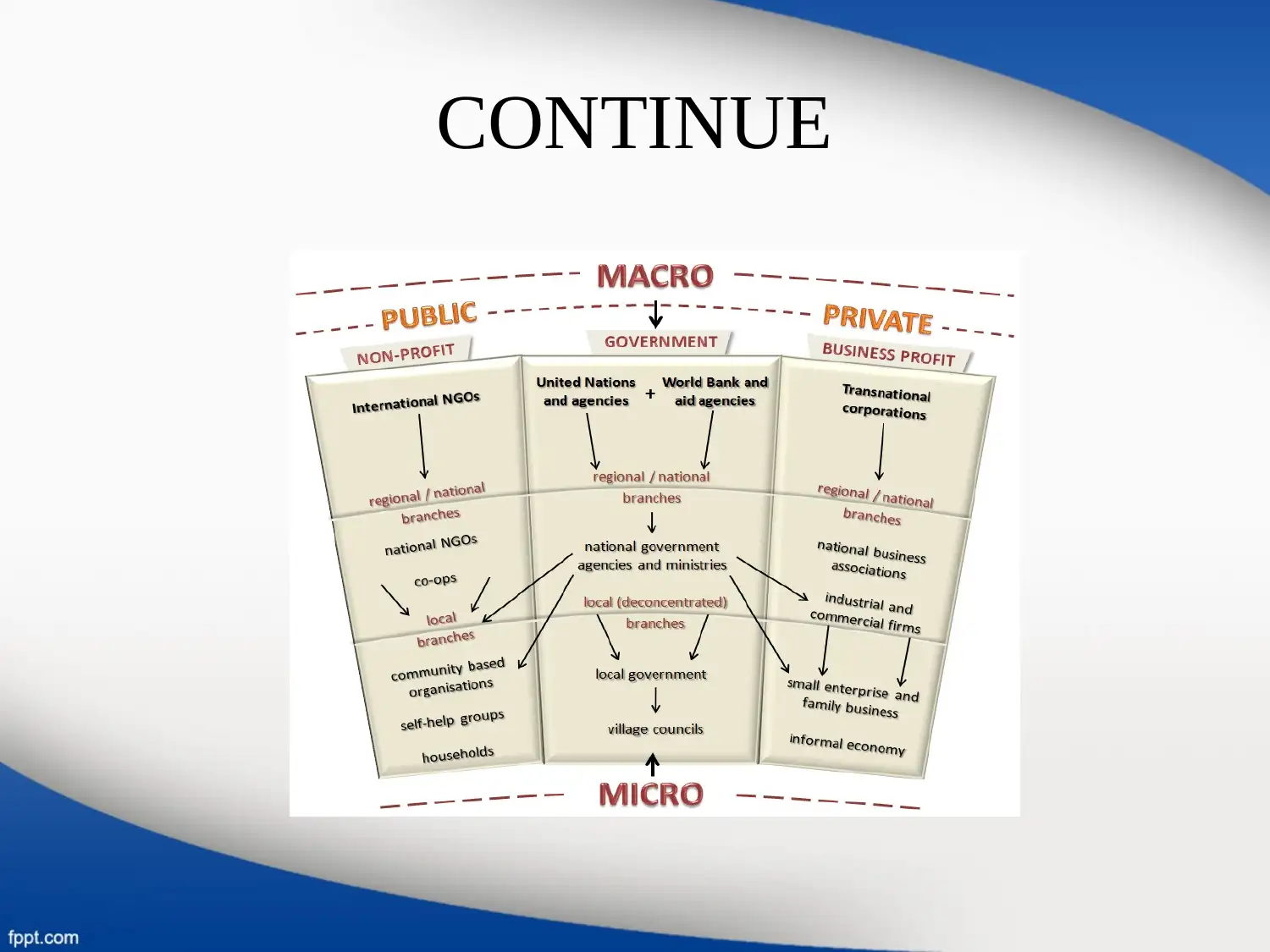

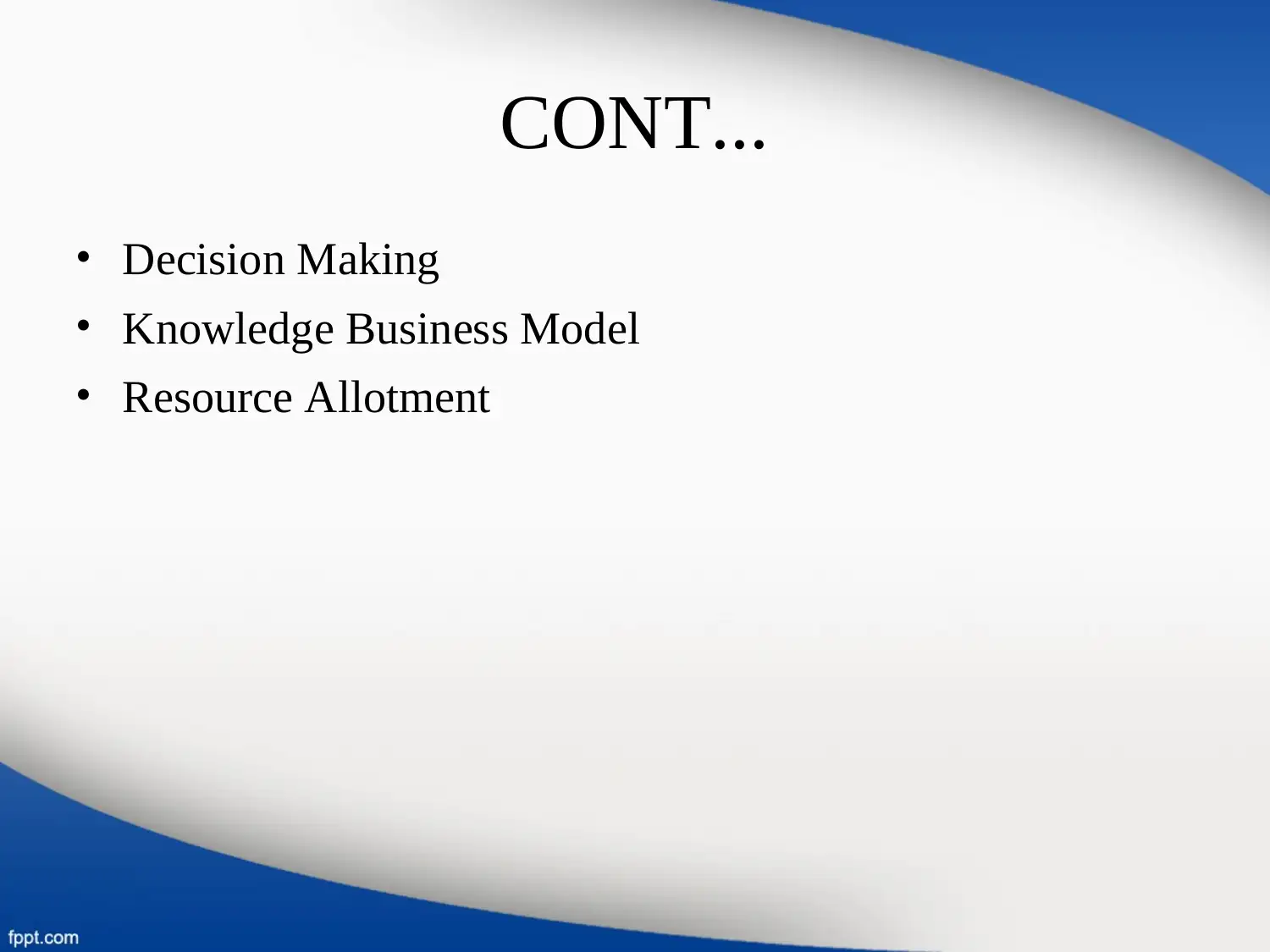
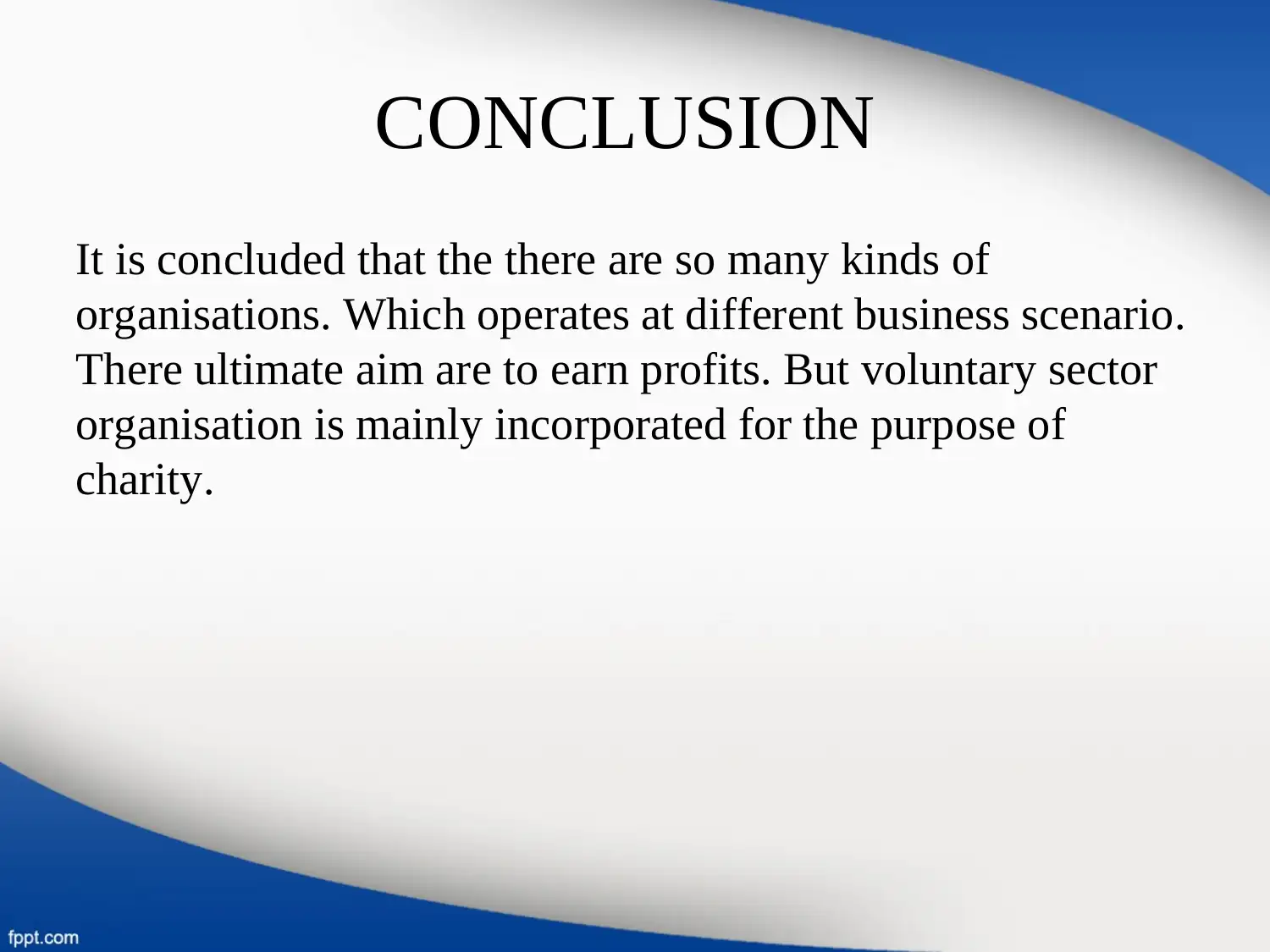








![[object Object]](/_next/static/media/star-bottom.7253800d.svg)